Josh Katz is struggling with being the best version of himself, but he still doesn’t know what that looks like just yet. “I don’t know how to change it,” he says. “All I know is how to write about it.” Maneuvering through depression, sadness, and momentary clarity, the Badflower frontman breaks down all the ups and downs of living in isolation, then seeing the outside world again, but differently, on the band’s second album This Is How The World Ends (Big Machine/John Varvatos Records).
Videos by American Songwriter
This Is How The World Ends, a follow up to the Nashville-based band’s 2019 debut OK, I’m Sick, is not as apocalyptic as the title suggests but more introspective, shining lights on faults, self-deprecation, and acceptance from the more stripped back tune “Adolescent Love,” and the anthemic This is how the world ends of “Machine Gun.” Everything is deconstructed then built back up in and around the bare-boned “Don’t Hate Me” and beautifully dismal “My Funeral,” questioning Imagine if I took my life, gave up on love, and died tonight?
“It’s not as simple as saying ‘I’m sad and want to die,’” shares Katz. “It doesn’t paint me in the perfect light a lot of artists want to be painted in—or truly beaten down by the world and just trying to be the best version of themselves.”
For the band, Katz, along with guitarist Joey Morrow, bassist, Alex Espiritu, and drummer Anthony Sonetti, How the World Ends was the first time—since forming in 2016, releasing their EP Temper in the same year—that Badflower didn’t have a body of work ready to record from the start. Everything was new, raw, and a fresh reflection of their present times.
Working on the album during quarantine had its challenges, but isolation wasn’t one of them for Katz. “I was already in isolation before I was forced into mandatory isolation,” he says. ”In the beginning, I thought, ‘this is kind of nice. I can’t see people,’ and I didn’t want to see people again. I didn’t have to make excuses to not hang out, and then eventually it was like ‘okay, I need to see a person. This is tough.”
What was happening in Katz’s world, and on the outside, became the inspiration for many of the new songs. For Katz, the silver lining during a year of being forcibly shut-in was the creative aspect. “I’m excited to see what songs my favorite artists wrote in this time, because it’s not just the pandemic, it’s our humanity that’s being questioned in a way, and it’s been really interesting.”
The other end of the album was Katz’s own self-discovery, particularly on the more revealing “Family,” which drifts through tender moments and explosive outbursts. “It just helped me realize things about myself that I wasn’t totally sure about,” shares Katz. “In the songwriting process, I turned myself from the victim to the villain, and I realized that I was actually the villain in real life, and that was a hard truth. It was hard to swallow, but there was no way around it.”

Writing “Family” forced Katz to confront certain things about himself that he otherwise wouldn’t have approached if he didn’t write the song. “There’s aren’t a lot of examples of that on this album, but I’m hoping to experience a lot more of that throughout my life,” says Katz. “I have lots of things wrong that I’d like to fix. I don’t have time to see a therapist right now, so this is my way.”
For Katz, there’s something important in each song, and he hopes there’s at least one track that resonates with one person. “If there’s at least one song that somebody in the world takes and uses in some positive way, or inspires them to think differently, then it’s worth it,” he says.
Designing the band’s stage sets and lighting, Katz takes pride in his DIY approach to the band, something that won’t shift any time soon, once Badflower hits the road again. “I’m always working,” says Katz. “Now I’m shifting into touring and the stage set up of the show, and the flow of everything, including our lighting. People don’t understand because bands usually have a lighting guy, but I automate our entire live show. If somebody knows how to do something, there’s no reason why it can’t be me or somebody else in the group.”
Still, being in a creative state, particularly when writing, is physically and mentally draining for the artist. “I get myself to very unhealthy places when I’m being creative,” reveals Katz. “When I’m writing I wonder if I’ll ever be able to do this in a healthy way and still feel like I’m writing something great. If I’m not stressing myself out, or pushing myself as far as I can, then I feel like I’m not giving 100 percent.”
Self-producing This Is How the World Ends, Katz also immersed himself in the technical side of production investing in gear and building a studio. Partially recorded in various studios in the beginning, while Katz was still living in Los Angeles, the remainder of the album was recorded by the band, alone, in Nashville.
“It was freeing and fun because it’s something we used to do in the beginning,” says Katz. “We would make demos, then go back and listen to them and love how spontaneous it all sounded. Every instrument sounded like that genuine expression of whatever the emotion is. I think we really captured that on this album more than we’ve ever done before.”

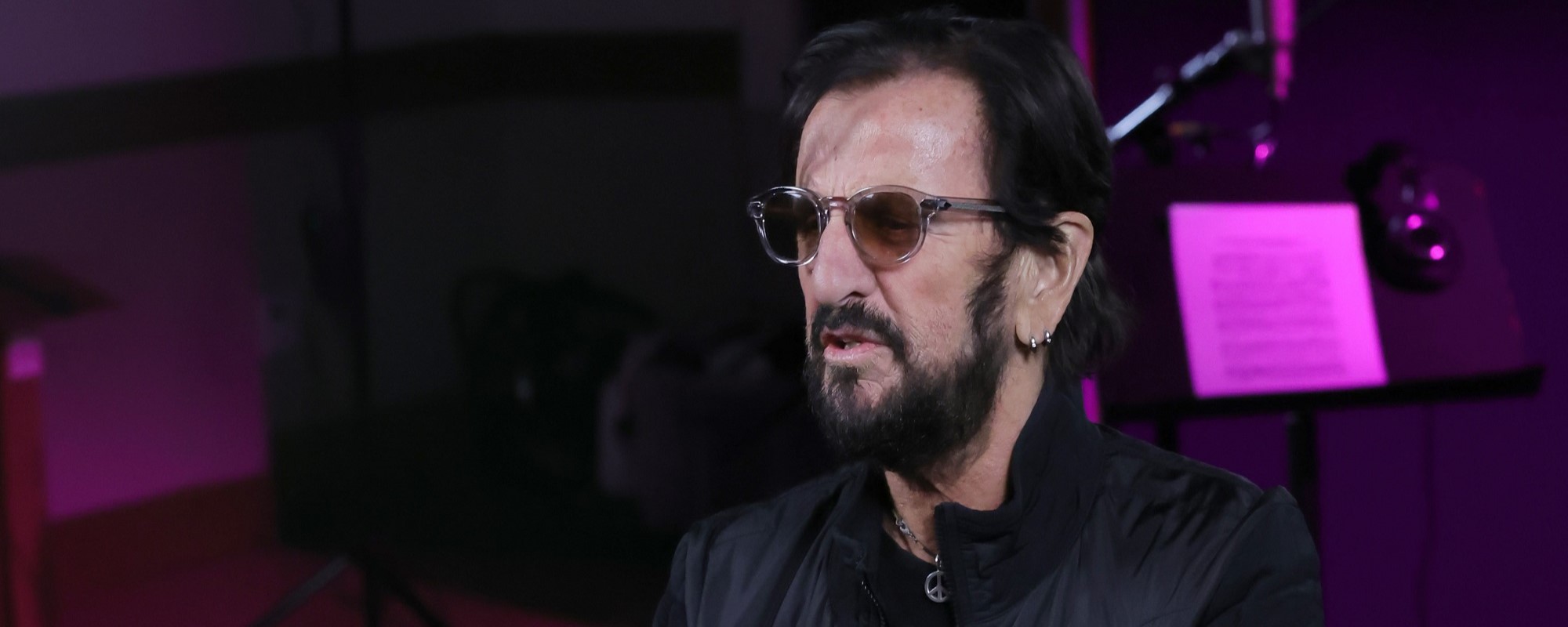
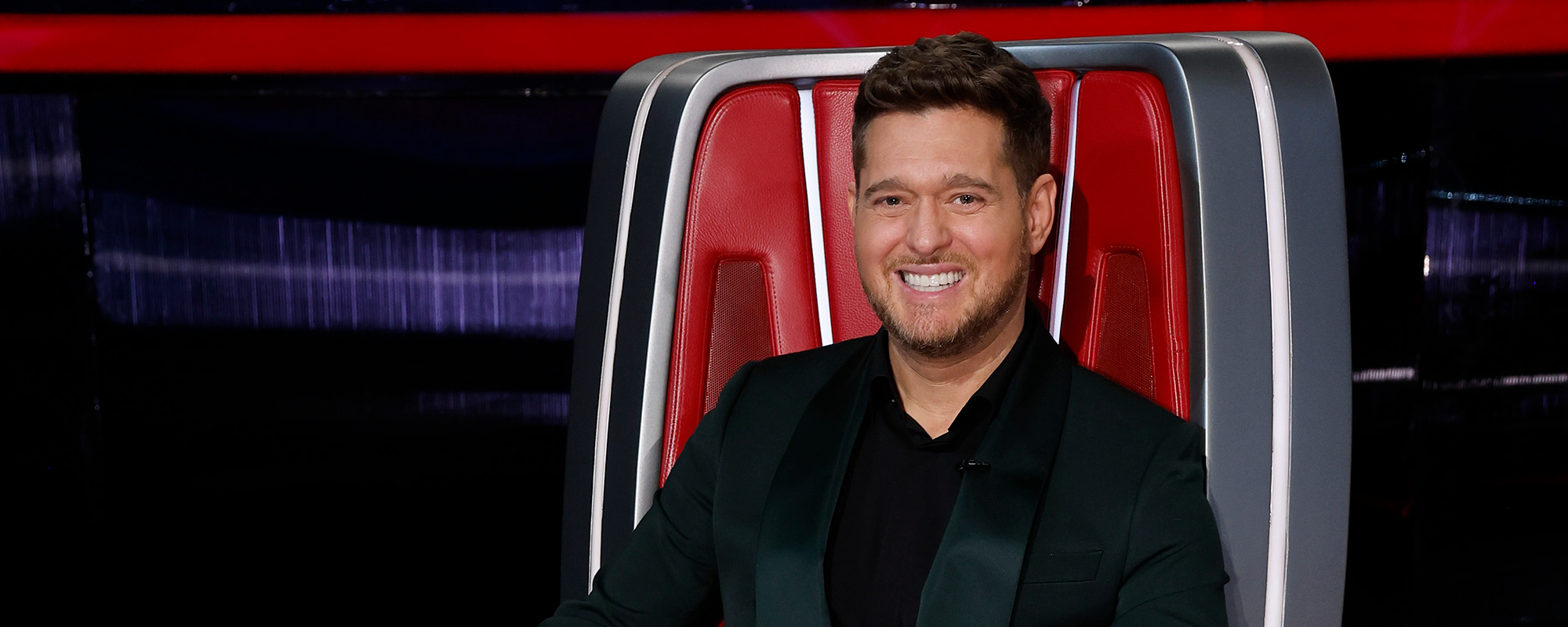
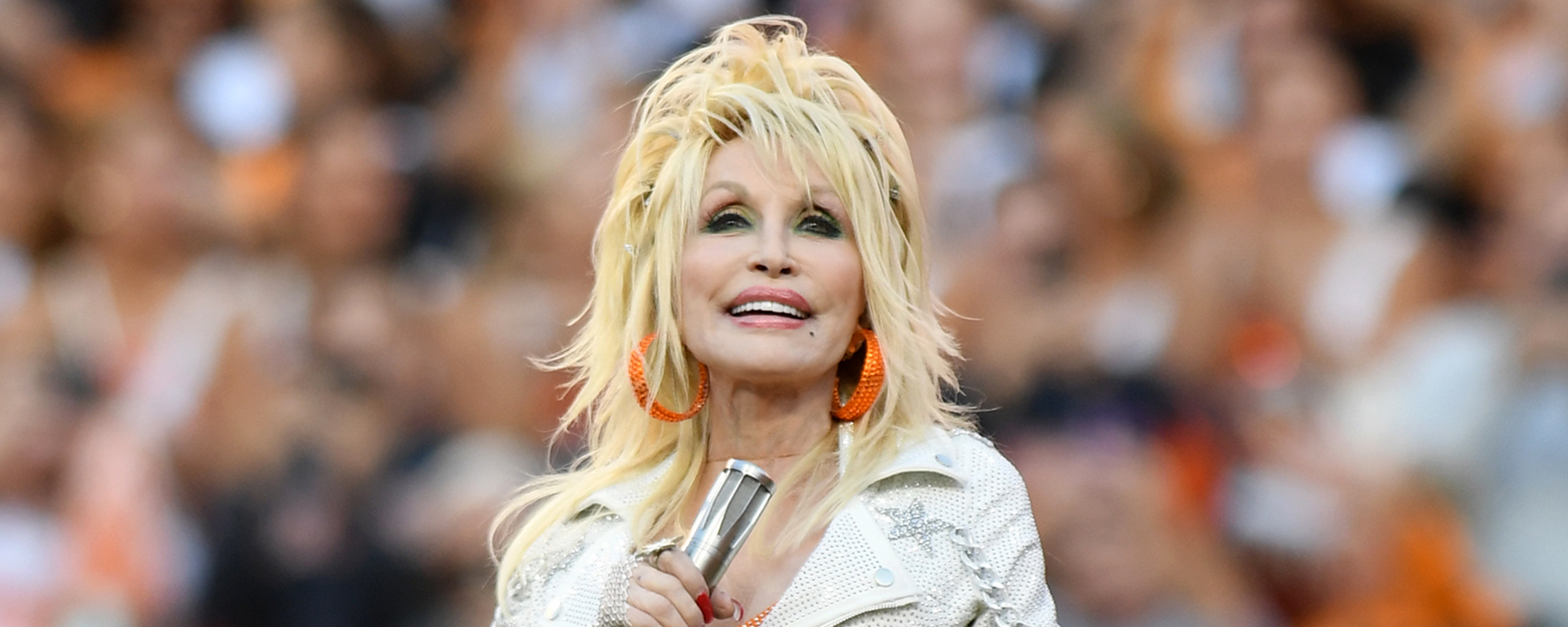
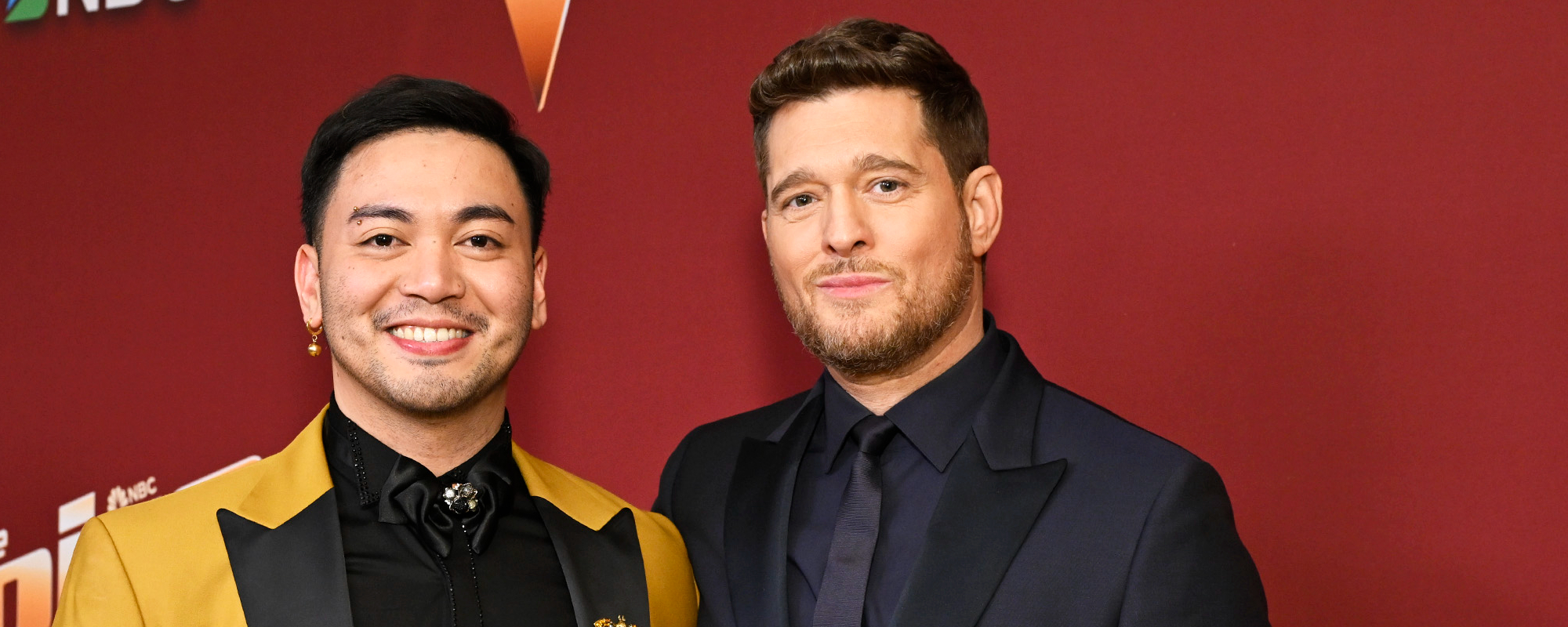
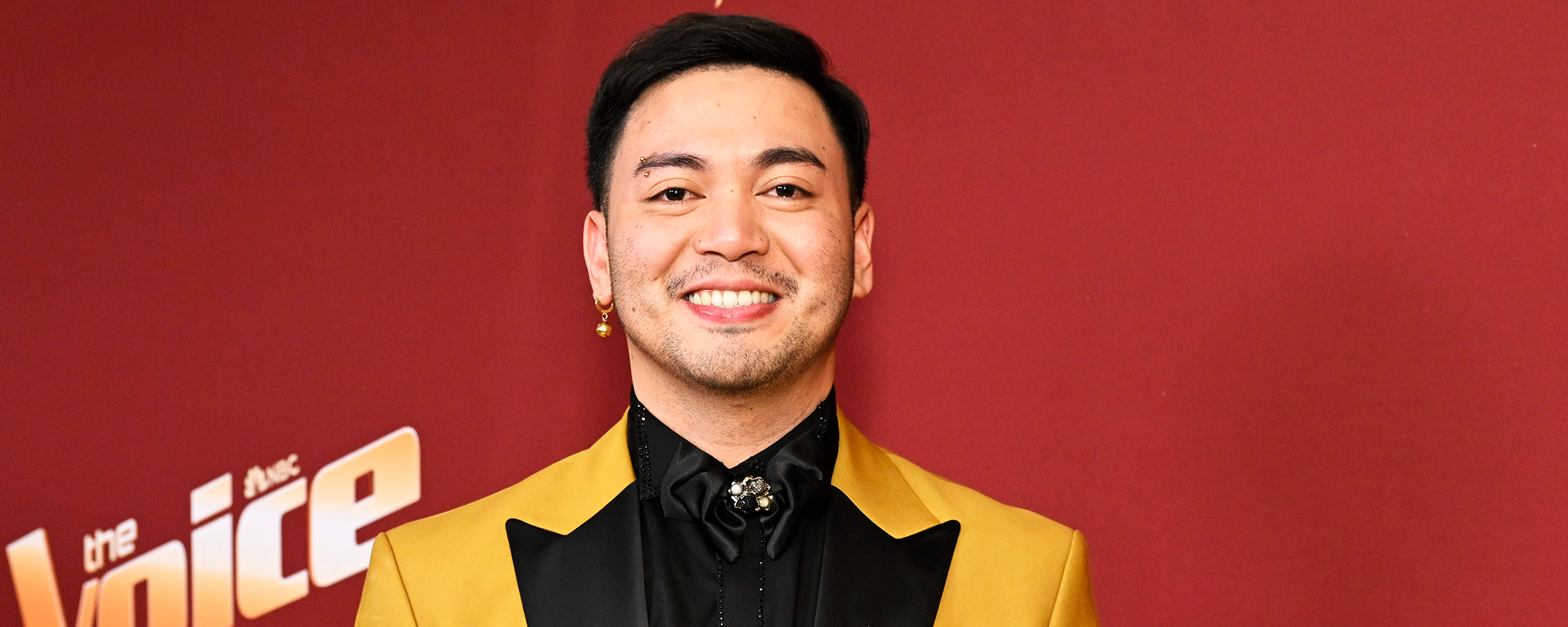
Leave a Reply
Only members can comment. Become a member. Already a member? Log in.